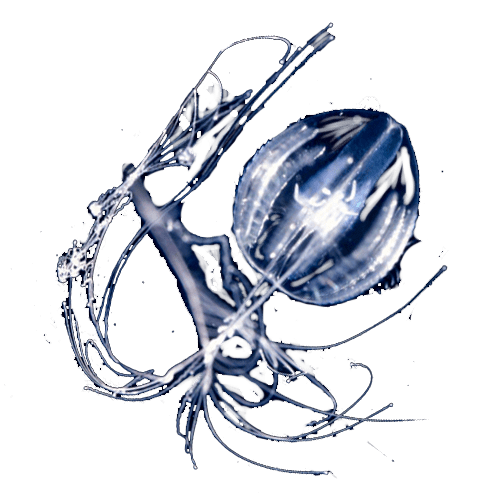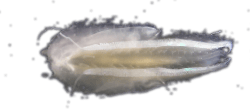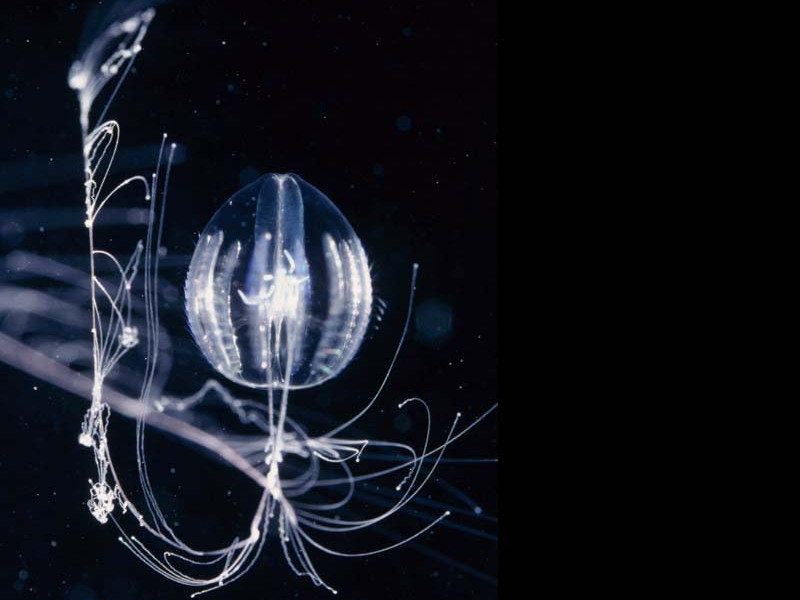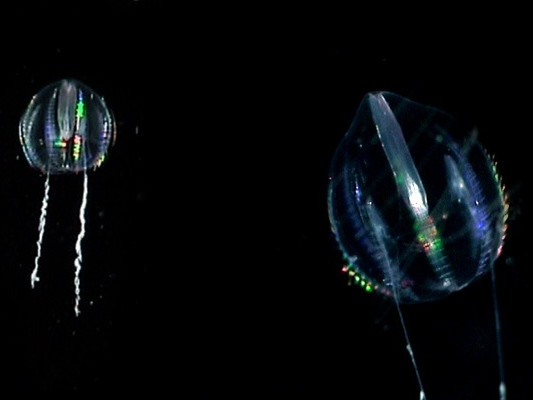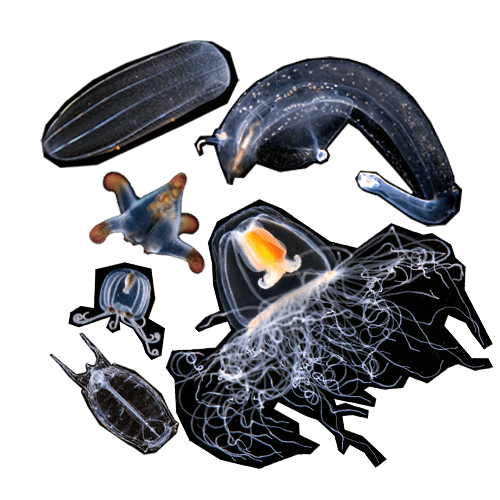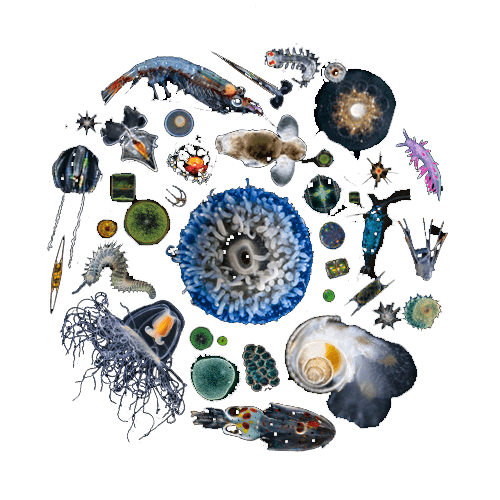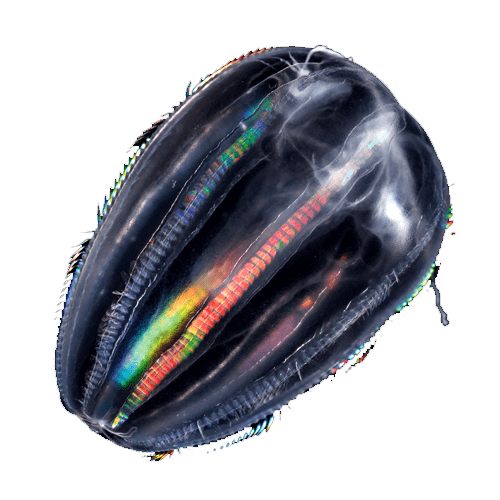Photos
Narration
At first sight pleurobrachia may look like a Chinese lantern, a christmas decoration or a flashing sign. A strange animal, commonly called ‘sea gooseberry’ or cat’s eye Pleurobrachia, which means arm at the side, is about the size of a marble. Pleurobrachia belongs to the family of ctenophores, from the Greek word ‘ktenos’, a comb. Their iridescent combs are made up of thousands of cilia which are used for propulsion.
Pleurobrachia are carnivorous. They capture zooplankton using long tentacles armed with sticky cells – called colloblasts – and then pull them towards their mouth.
Ctenophores are amongst the most ancient animals known to have developed a neuro-sensorial system. By studying them, biologists hope to learn how the first neurons appeared, information vital to an understanding of our own brain cells.
Share this on
Production
CNRS Images
Original Idea
Christian Sardet
Director
Véronique Kleiner
Texts
Véronique Kleiner
Images
Véronique Kleiner
Editing
Nicolas Mifsud
Sound mix
Thomas Huguet
Voice
Nick Storey
Sound Engineer
Jean Christophe Desnoux
Director of production
Véronique Kleiner
Production assistant
Céline Farlita
Creative Commons Licence :
Attribution Non-Commercial
No Derivative

